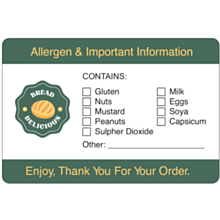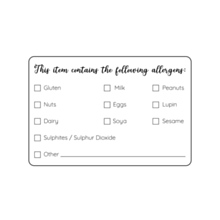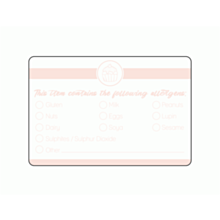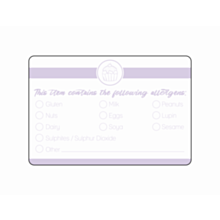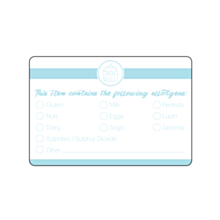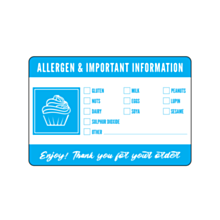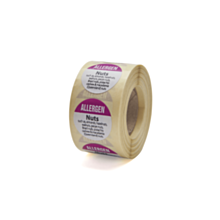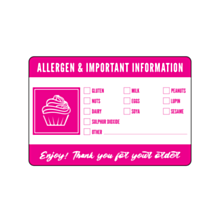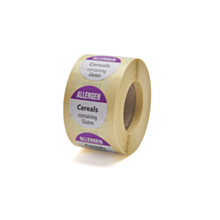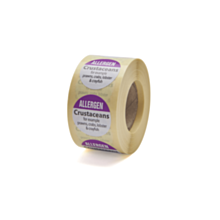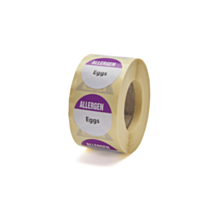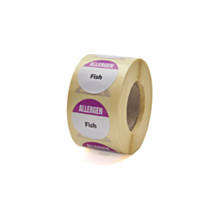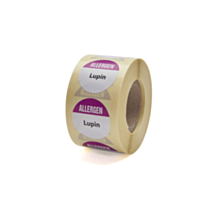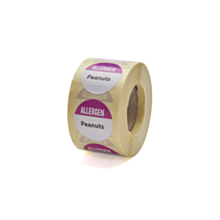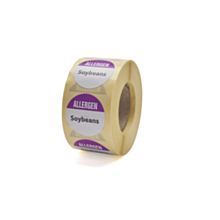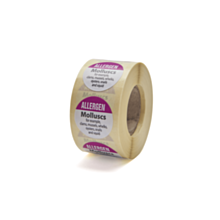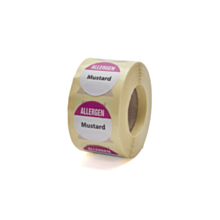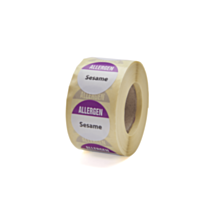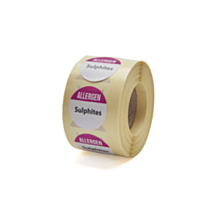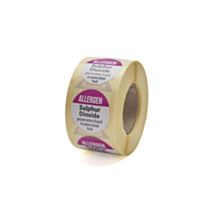1. Understanding the Basics
What Are Allergen Labels?
Allergen labels are parts of food packaging that provide information about ingredients that might cause allergic reactions in some individuals. They are designed to help you avoid foods that could trigger an allergy or intolerance.
Why Are They Important?
For individuals with food allergies, even trace amounts of an allergen can cause serious reactions. Accurate allergen labels are essential in preventing accidental exposure, which could lead to health complications.
2. Mandatory Allergen Information
In many countries, including the UK, United States and members of the European Union, food manufacturers are legally required to list common allergens on their labels. These typically include:
- Peanuts
- Tree nuts
- Milk
- Eggs
- Fish
- Shellfish
- Soy
- Wheat
In the EU, sesame is also required to be listed. Each country may have variations, so it's important to know the local regulations if you’re selling abroad.
3. Reading the Ingredient List
The ingredient list on food packaging is the first place for consumers to check for allergens. Ingredients are usually listed in descending order by weight. Here’s what to look for:
Allergen Names: Common allergens will be clearly listed. For example, if a product contains peanuts, the label will explicitly mention “peanuts” in the ingredient list or in a separate allergen statement.
Hidden Ingredients: Be wary of ingredients that might not be immediately recognizable as allergens. For example, “casein” is a milk protein, and “albumin” is derived from eggs.
4. Allergen Statements and Warnings
In addition to listing ingredients, many packages have specific allergen statements. These warnings can be crucial for individuals with severe allergies:
“May Contain” Statements: Phrases like “may contain traces of peanuts” or “produced in a facility that processes tree nuts” indicate a potential for cross-contamination.
“Manufactured on Shared Equipment”: This indicates that the product might have come into contact with allergens during production. Even if the allergen isn’t in the product, cross-contact could still be a risk.
Cross-contamination occurs when allergens from one product contaminate another. This can happen in manufacturing, packaging, or even during food preparation.
5. Specialty Diets and Allergen-Free Products
Many brands now offer allergen-free options, such as gluten-free, nut-free, or dairy-free products. These are often clearly labeled as such, but always check the ingredient list and allergen statements to be sure.
Certified Free From Labels: Products with certifications like “Certified Gluten-Free” or “Allergy Friendly” have undergone testing to verify that they meet specific allergen-free standards.
7. Staying Updated
Food formulations and allergen policies can change, so it’s important to stay informed:
Check Labels Regularly: Manufacturers may change ingredients or processes, so always review labels each time you purchase a product.
Subscribe to Updates: Some food manufacturers offer newsletters or notifications about changes in their products, including allergen information.

